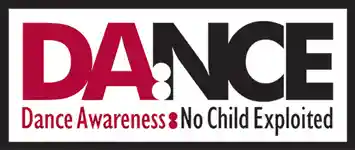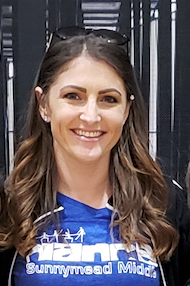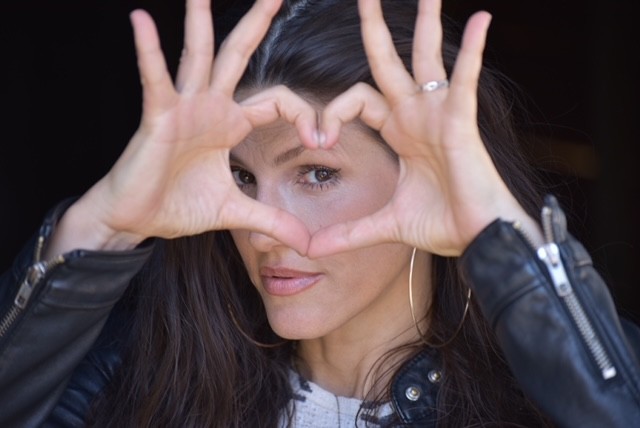I have been coaching youth and young adults in the areas of Gymnastics, Cheerleading and Dance for the past 20 years. I have a degree in Kinesiology with a concentration in Pedagogy, and Masters in Teacher Leadership and Development. I have worked in various different socioeconomic groups as well as a variety of inner-city youth programs. Through my teachings I have encountered and worked with a wide variety of coaches who have displayed a vast majority of view points in their coaching as well. This process of development for my own personal style of coaching has developed through what I have experienced first hand as an athlete, and who I have worked with, and worked for, as an educator and athletic coach. As an educator you are taught that not all students learn the same way academically as their peers, and the same goes for sports and athletic training. What one athlete needs will vary from that of their teammates. That being said, all athletes should be challenged and developed in the areas of personal growth such as, but not limited to, character, self-esteem, self- respect and the respect of others.
I received a position at a local middle school teaching PE about seven years ago. At that time the dance instructor had been building her program for the past 25 years. It was a very accomplished program, winning many competitions and was well known throughout the district as being at the top of its game. When CAHPERD (California Association for Health, Physical Education, Recreation and Dance) passed the petition to grant PE credit for students taking Dance at the middle school level, our then current dance teacher decided it was her time to bow out. She offered the program to me and I graciously took the position. Little did I know what I was going into. Teaching this particular demographic on the blacktop was quite different from that in the Dance Room. Coming from a classical Ballet background, and a very proper way of viewing mannerism in the dance room, these students put me through it all. It took three years of continuous discipline on my part to maintain and not accept anything less than poise and good moral character inside my walls. Coming into my first year of teaching there, it was almost unheard of for these students to experience Ballet Barre or clean appropriate style of music used for warming up or moving across the floor. I would constantly be asked questions such as, “What IS this we are listening to?” or “ Miss Stromberg, you’re too young to be listening to music THIS old!” and my favorite, “Can I play music today?” Nevertheless, my answer was always a smile and a polite, “Not today.”
Being that I was very picky on the repetition of their warmup and stretching routine, I also know that students learn best when provided the same information from multiple sources. I constantly have outside choreographers come in to work with the students in the areas of Hip Hop, Contemporary, Modern and Jazz. It’s quite amusing sometimes when they are teaching a technique I have previously introduced and the students have a revelation as though they have never experienced it before. I can say that is one of my favorite parts of coaching. It used to bother me long ago, but then I realized that as long as I have instilled a foundation they will eventually accept and adopt the lessons on their own terms. The point is they will eventually do what you have taught. Through outside sources I know the kids are having their needs met of current musical influence as well as a “younger” outlook on the world of dance. That being said however, I am very adamant on the music selections being used by these sources and materials they decide to teach. I always have a pow wow or meeting with the choreographers prior to them coming in to discuss what they will be sharing with the class. It is at that time I am able to communicate with them what is and is not appropriate within my Dance company.
The school still attends a variety of Dance competitions and is still well known throughout the district as being one of the most sought out programs there is. Selecting styles, costumes and music even takes a great deal of planning before we even begin practices; even then we are constantly changing details of dances. It still shocks me sometimes when we are out at competitions seeing the choice of theme or costumes that have been deemed “appropriate” for some dancers. I must admit, however, that I am not all that innocent in our selections as well. We are all striving to do our best. I truly believe one of the things that sets our dance team apart is the personal development training that goes into our practices. Cultural influences such as music artists or social media icons of the day are at the disposal of our youth, and I believe that it is our duty, not only educators, but as adults as well, to educate our child and model for them appropriateness of behavior. I always say that I am not raising children, but that I am raising adults who are going through childhood. I need to be the adult I wish for them to be. My students are very aware of how I expect them to act out in public and the mannerisms that we cover even in practice. I do not expect perfection from them because, let be honest, nobody’s perfect. On the other hand I can influence their behaviors and educate them on lifestyles of the ‘rich and the famous’; because they are not always as glamorous as students may believe. I am very open with them on how certain life decisions can lead to specific outcomes.
Communication is key, and open communication allows for trust to be built and influence to be accepted. Personal development of students as they transition into adulthood based on a positive personal perspective of themselves is the main focus of my dance program. These morals and values will continue to push our program forward and will, I hope, instill a sense of self appreciation through dance.
Sarah Stromberg




